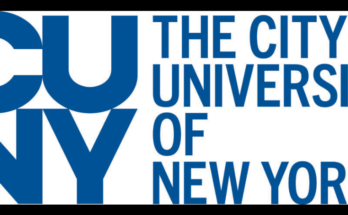 With a deadlock in Washington, students find themselves stuck in the middle of the nasty federal budget battle by Kevaughn Hunter
With a deadlock in Washington, students find themselves stuck in the middle of the nasty federal budget battle by Kevaughn Hunter
On Friday, steep federal spending cuts–AKA sequestration–went into effect. These reductions in spending, estimated at $85 billion, will lead to changes in financial-aid, research, and job-training programs, though no one is exactly sure how or when the effects will be set in motion.
Jay Hershenson, CUNY’s senior vice chancellor for University Relations, was more specific. Last week, he sent an email which explained the incoming national sequestration budget and the impact it would have on CUNY financial aid. Programs such as the Supplemental Opportunity Grant (SEOG) and Federal Work Study (FWS), and programs such as TRIO and GEAR-UP could be cut by at least 5.1%.
The SupportCUNY.org website adds that approximately 6,500 students in New York State could lose FWS, and 7,000 could lose SEOG, in the coming year. Fees for subsidized and unsubsidized Stafford loans would also be affected, according to the document, increasing by .1 percent—for Plus loans, from 4 to 4.3 percent—for next year.
This all means that the cost of attendance for CUNY colleges will rise under sequestration. As always, CCNY students will pay more. According to the Collegeboard.org’s Trends in College Pricing report for 2012, the average net price paid by full-time students has steadily increased for the past three years. Meanwhile, the average family income decreased every year between 2007-2010, for lower income families, who would need financial aid to help handle costs, while it increased for the affluent.
Phoebe Nguyen, a self-proclaimed middle-class CCNY student, shared her opinion just before sequestration went into effect. “If sequestration goes through my parents will have to work even harder to help pay my tuition,” she explained. “Not only that but I may have to start working more hours and that can take a huge toll on my grades.”
“I understand that our country is in debt, and the money needs to be paid,” she added. “However, I don’t think it’s fair to take money away from students to do so.”
To learn more about the sequester, at least from the White House’s perspective, click here.



